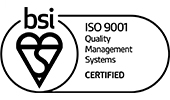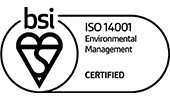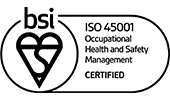DESPERATELY SEEKING SOLITUDE
As we’ve already seen, the open plan office has its fair share of critics. Yet, the fact that it’s still one of the most dominant styles of office design is down to its ability to foster collaboration, as we saw in Chance Encounters Part 1.
Something that’s often forgotten about in the collaborative process, is the need for people to focus and prepare alone or in pairs before they come together as a group. More demanding tasks and projects will need even more opportunities for private time to contemplate and concentrate before collaboration can take place; the 3Cs that we’ve already recognised as being important aspects of a welcoming workplace and should be taken into account when it comes to office design.
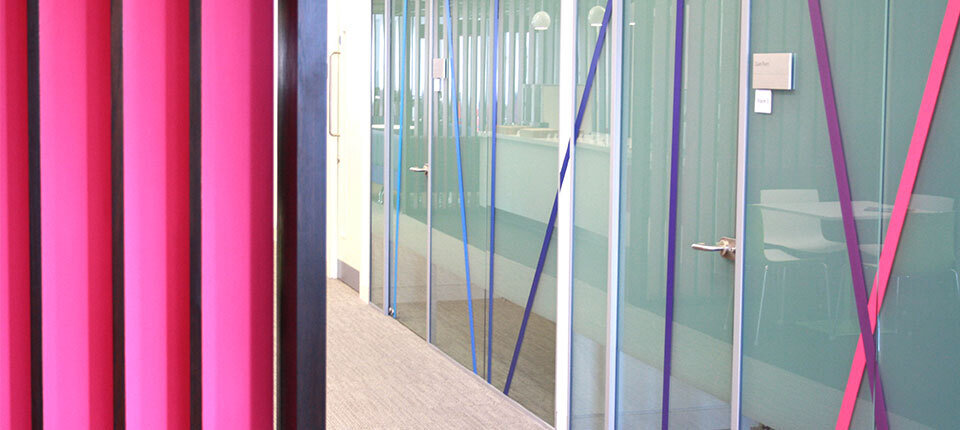
SUPPORTING SOLITUDE
Harvard Business Review explored how the best collaborative spaces also support solitude and looked at research that suggested people feel a pressing need for more privacy. While the mobile, wireless office gives people the freedom to work wherever they want, without being tethered to one work station, it does mean that we’re rarely alone in the workplace now.
According to HBR, since 2008 the number of people who say they can’t concentrate at their desk has increased by 16%, with the number of those without access to quiet places up by 13%. 74% of the people surveyed said that they were more concerned about their privacy now than they were 10 years ago.
THE DEFINITION OF PRIVACY
Steelcase, one of our furniture partners, conducted a study of workplaces in Europe, North America, and Asia. The traditional definition of privacy was based in physical terms, acoustically, visually, and territorially. Asking if individuals had somewhere that could class as their own, without being seen or heard by others. Today’s office makes it increasingly difficult, if not impossible, to find somewhere ‘unreachable’, both physically and virtually, leaving staff feeling overexposed. Steelcase, looked at two separate aspects of privacy.
Information control
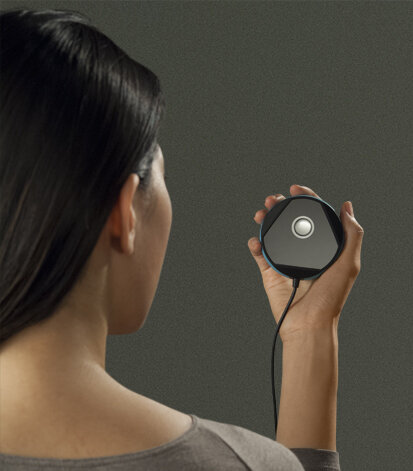 Protecting and managing personal information is a daily part of anyone’s working life. We’re constantly having to balance who needs access to specific data, hiding sensitive information and even being aware of activities like reading an article or checking on social media being seen as poor use of time.
Protecting and managing personal information is a daily part of anyone’s working life. We’re constantly having to balance who needs access to specific data, hiding sensitive information and even being aware of activities like reading an article or checking on social media being seen as poor use of time.
Interestingly, our other furniture partners, Kinnarps, recently highlighted a product that was launched in 2014 that adds an extra element of security to the open plan office. Myris uses video of your irises to verify your identity. Since no two irises are alike, the chances of a false match are less than one in 1.5 million.
Image courtesy of eyelock
Stimulation control
This particular aspect is a little more subjective. It relates to the noises and other distractions that break the concentration of staff. Since what might be perceived as a distraction by one person may just be comforting background noise for another, it can be difficult to monitor stimulation control. Ultimately, it should focus on anything that affects the ability to focus attention.
Neuroscience research identifies three basic modes of attention;
- Controlled attention, which encompasses work that requires intense focus, without any interruptions.
- Stimulus-driven attention, which covers routine tasks where interruptions may be allowed.
- Rejuvenation, which involves the breaks we give ourselves to chill out and engage with others
The most effective workplaces will be those that offer a selection of spaces with varying levels of privacy, depending on which of the three modes of attention a task requires. This can easily be achieved with modern office furniture.
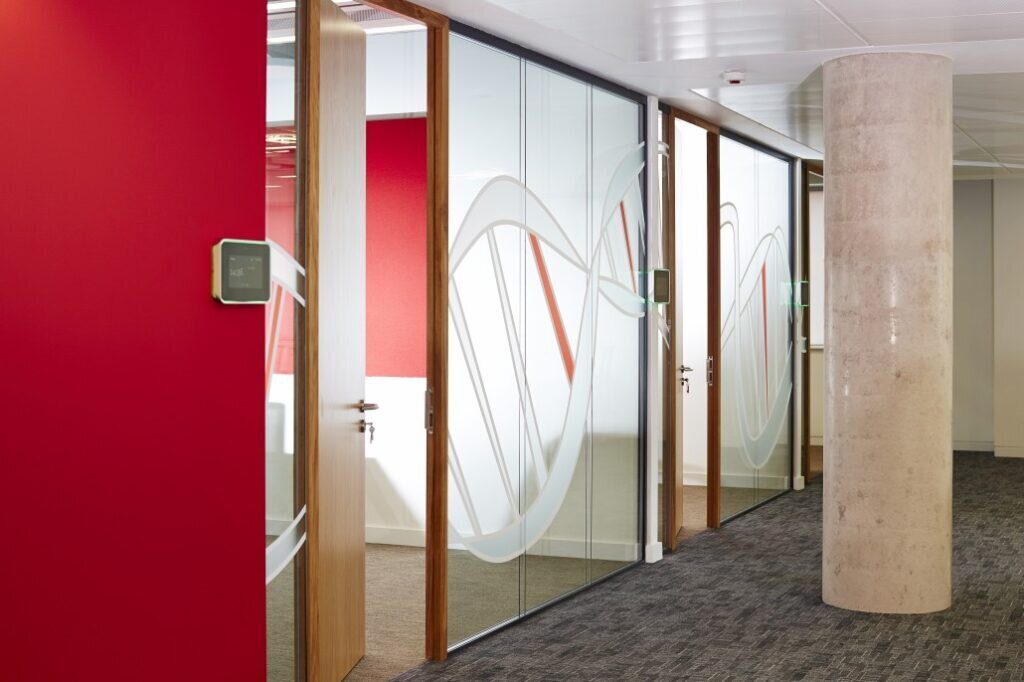
EUROPE CAN’T GET NO SATISFACTION
Steelcase and the global research firm Ipsos surveyed 14 countries to look at the attitudes toward personal space from country to country. Privacy meant different things to different cultures, but one thing that became obvious was that workplace satisfaction was connected with the ability to control your environment. 98% of the most highly engaged employees said that they could “concentrate easily” in their workplace.
In Europe, workers were the most dissatisfied with their ability to control their privacy and were more likely to be dissatisfied with their work environment in general.
BALANCING ‘WE SPACES’ WITH ‘ME SPACES’
To offset this discontent with the open plan office layout, while maintaining the importance of encouraging collaboration and chance encounters, the most successful work environments provide an ‘ecosystem of spaces’, allowing people to choose where and how they work. There are two office design models that can be used:
The distributed model blends areas for both individual and group work, making it easier for people to shift between modes of work.
The zone model takes certain locations within a larger workplace, physically separate from open areas, and designates them as being private, quiet spaces.
In order to accommodate for these kinds of spaces, workplaces must shift from a hierarchical layout to a more inclusive use of enclosed spaces. For example, executives’ offices can be redesigned to allow other people to use them when they are off-site.
In offices where space is premium, ‘shielded areas’ can be a low-cost solution, creating privacy using sound absorbing panels, partial-height walls or portable screens. There have also been some innovative and extreme solutions appearing recently.

Image courtesy of Eden Law
A School of Visual Arts NYC student, designed Nutshell, a collapsible, wearable pod that encourages solitude in the office. Its aim is to promote the healthy benefits of solitude, but we can’t help thinking that it makes you look a bit like a chrysalis!
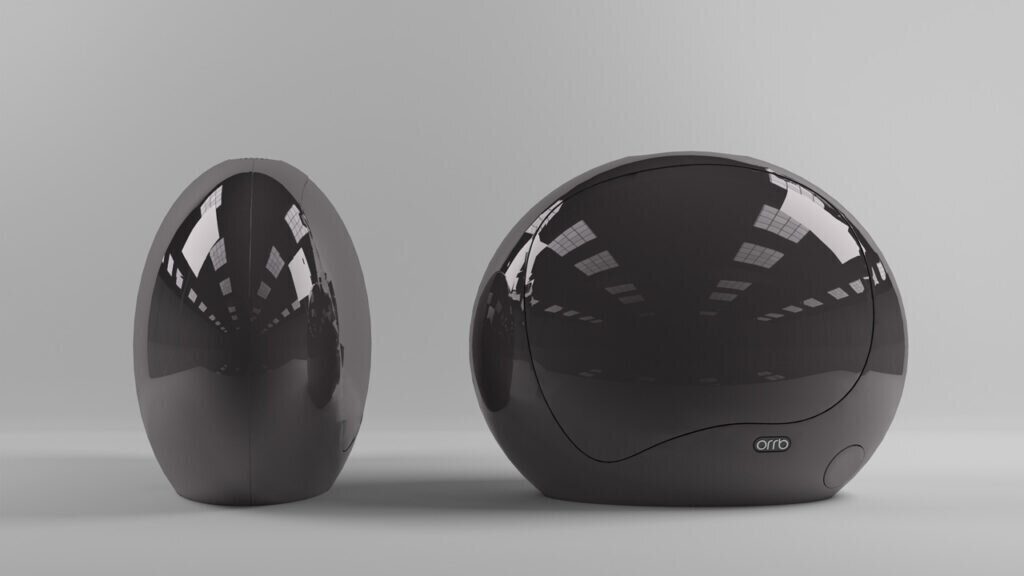
Image courtesy of Orbb Technologies
Another option is the Orrb, a womb-like cocoon for office spaces. This is a little more technologically advanced, with air filtering and noise cancelling systems as well as a screen that gives you breathing exercises and a five-minute meditation.
Ultimately, the secret to a successful and welcoming office design will be giving people control over where and how they work, allowing them to move easily between spaces that allow them to collaborate, concentrate and contemplate. If you’re considering an office refit then talk to us today.
Written by Alasdair McIntyre, Sales & Marketing Director






